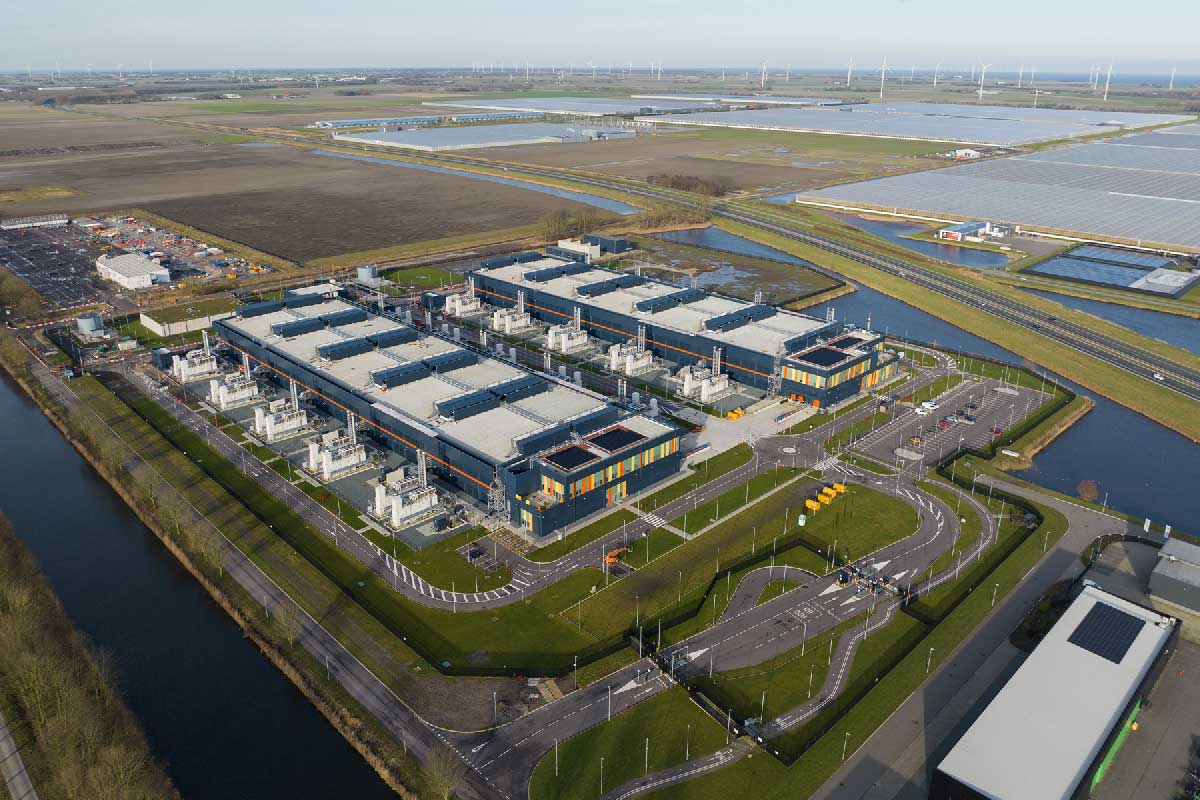In today’s digital economy, data centers are the unsung heroes powering everything from cloud services to streaming platforms. But with great power comes great responsibility—especially when it comes to sustainability. At DCFT, we’re committed to helping data center operators and their partners meet sustainability goals through smarter material choices, lifecycle accountability, and eco-forward thinking.
The Unique Sustainability Challenge of Data Centers
Data centers are among the most energy-intensive infrastructures in the modern world. As the demand for data grows, so does the environmental footprint of the facilities that store and transmit it. That’s why sustainability in this sector isn’t just a trend—it’s a necessity.
But how can data center providers best address their unique requirements for sustainability?
Data-Driven Sustainability: The Life Cycle Approach
The key lies in data—specifically, the data needed to conduct a full Life Cycle Assessment (LCA). LCAs evaluate the environmental impact of a data center across all materials, energy inputs, and operational phases. It’s an in-depth approach that looks beyond daily energy use to assess long-term impacts.
This includes breaking down emissions into three categories:
- Scope 1: Direct emissions from owned sources (e.g., fuel combustion on-site).
- Scope 2: Indirect emissions from purchased electricity, steam, or heating—everything supplied to the data center.
- Scope 3: All other indirect emissions, including those from suppliers, manufacturing, construction, and transport.
Scope 3 is particularly critical—it accounts for up to 95% of a data center’s carbon impact.
Tackling Scope 3: Holding Suppliers Accountable
Reducing Scope 3 emissions begins with transparency. Data center operators must require suppliers to provide carbon emissions data for the products they use. This allows operators to make informed choices and pressure vendors to offer more sustainable alternatives.
Third-party verified Environmental Product Declarations (EPDs) play a crucial role. EPDs quantify the environmental impact of a product across its entire lifecycle, from raw material extraction to end-of-life. With EPDs, benchmarks can be established—and tightened over time—giving suppliers the data they need to invest in renewable materials and lower-carbon manufacturing.
While EPDs take time (often months) to fully assess, their value is immense. They are the foundation for building accountability into the supply chain.
The Rise of Low-Embodied Carbon (LEC) Products
One clear path forward is to select manufacturers that offer Low-Embodied Carbon (LEC) products—those that require less carbon to produce. LEC materials not only reduce environmental impact but often support modular construction, which is faster, more efficient, and easier to scale sustainably.
At DCFT, we supply LEC flooring and modular tile solutions designed specifically for today’s high-performance, eco-conscious data centers.
The Corporate Ecosystem: A Top-Down Push
Much of the industry momentum is being driven by large corporations with aggressive sustainability mandates. These requirements cascade down to data center operators, who in turn place new expectations on their vendors. It’s an ecosystem where customers are demanding accountability, and manufacturers must evolve to stay competitive.
At DCFT, we support this top-down drive by ensuring our products meet the sustainability expectations of forward-thinking clients. We work closely with manufacturers who not only comply with these new norms but actively build sustainability into their corporate DNA.
A Sustainable Future, Built Today
Sustainability in data centers isn’t a checkbox—it’s a long-term commitment that requires the right tools, data, and partners. By embracing LCAs, demanding transparency, selecting low-carbon materials, and participating in an evolving supply chain, data center operators can make real progress on Scope 3 emissions—where the greatest impact lies.
At DCFT, we’re proud to be part of this transformation. Our solutions are built for performance and sustainability, helping operators not only meet compliance requirements but exceed them.
Let’s build the data centers of tomorrow—smarter, greener, and stronger. Contact Us.

